Dachszenen
A 2018 | 19 min | HD 16:9 | colour | stereo | engl. UT
Women look at a city. From far above, from a standpoint of isolation: an urban space, divided into housing plots, roofs, street structures, blocks—detached living. From off screen, fragmentary characterizations of the looking women, which become interlaced with one another, and could be describing only one single person who seems to be searching longingly, observing herself, while observing.
Frauen blicken auf eine Stadt. Von weit oben nehmen sie diese aus einer Perspektive der Isolation buchstäblich unter die Lupe: ein urbaner Raum, eingeteilt in Wohnparzellen, Dächer, Straßenstrukturen, Blöcke, in und auf denen sich vereinzelt Alltagsszenen beobachten lassen. Die Stadt scheint dem Leben seine Form zu geben, in Annja Krautgassers Blick bleibt diese aber fragmenthaft. Ebenso fragmentarisch wie die aus dem Off gesprochenen Charakterisierungen der Blickenden, die sich ineinander verschachteln und zusammen von nur einer einzigen Person erzählen könnten, die aus multiplen Perspektiven und an unterschiedlichen Orten sich selbst sehnsuchtsvoll-suchend beim Beobachten zu beobachten scheint.
(Michelle Koch)
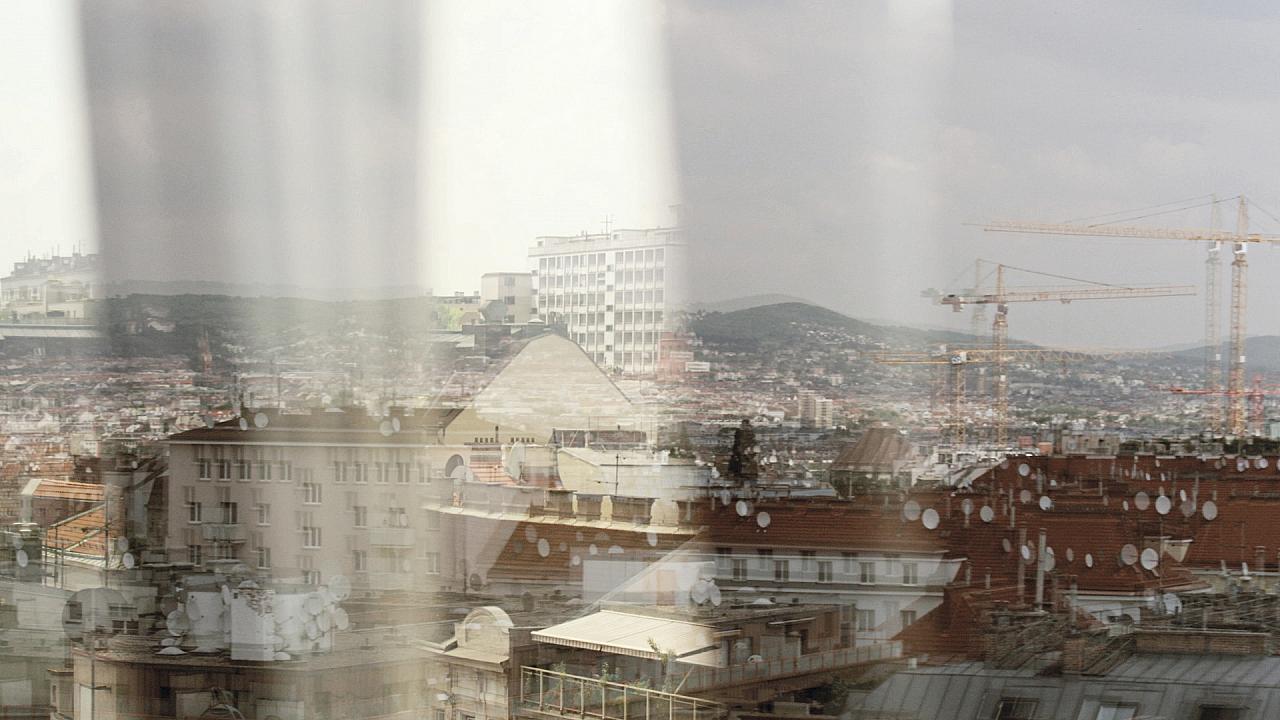
© video still
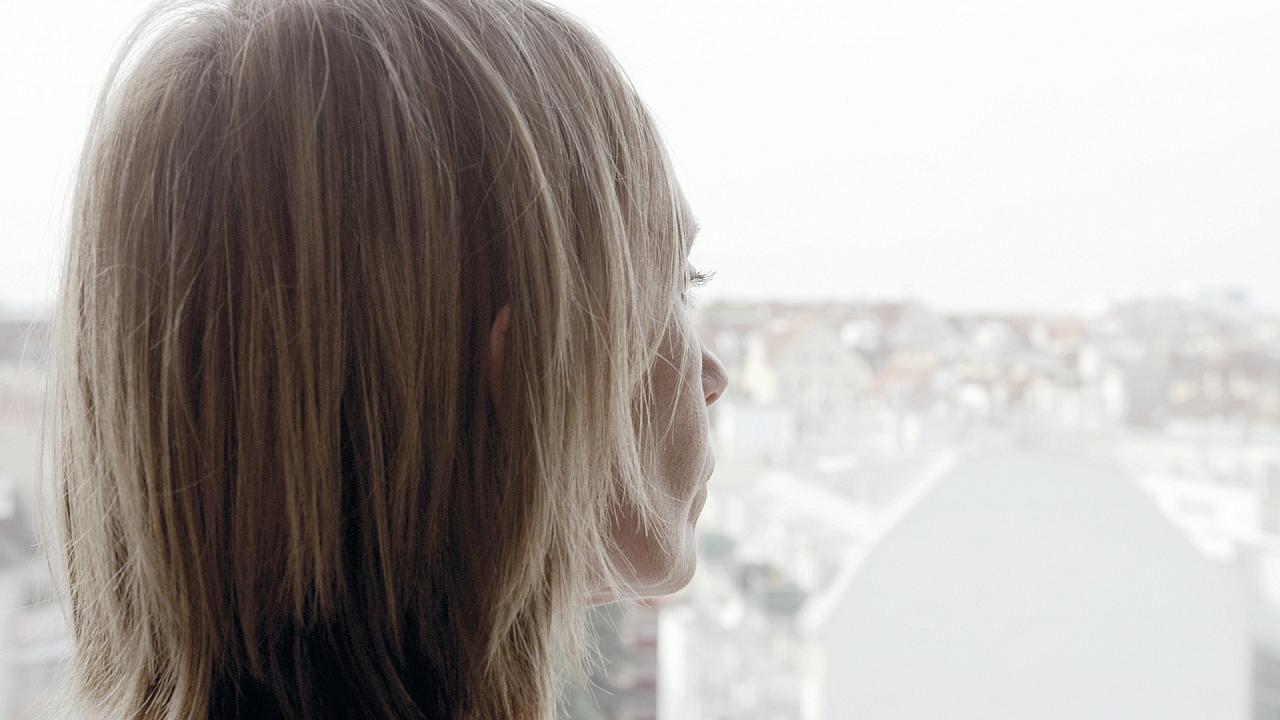
© video still
Credits:
Script | Regie | Editing: Annja Krautgasser
Camera: Martin Putz, Annja Krautgasser
Sound recording | sound editing | mastering: Peter Kutin
Sound recording : Theda Schifferdecker
Actress: Vivien Löschner
Protagonist I: Gabriele Brötzner
Protagonist II: Yasmina Haddad
Protagonist III: Katharina Sacken
Protagonist IV: Monika Wurnitsch
Off text: Annja Krautgasser
Colour correction: Bernhard Schlick
Translation: Alison Kirkland
Supported by:
BKA - innovative film
Stadt Wien MA 7
Land Tirol
ScriptLab - Drehbuchforum
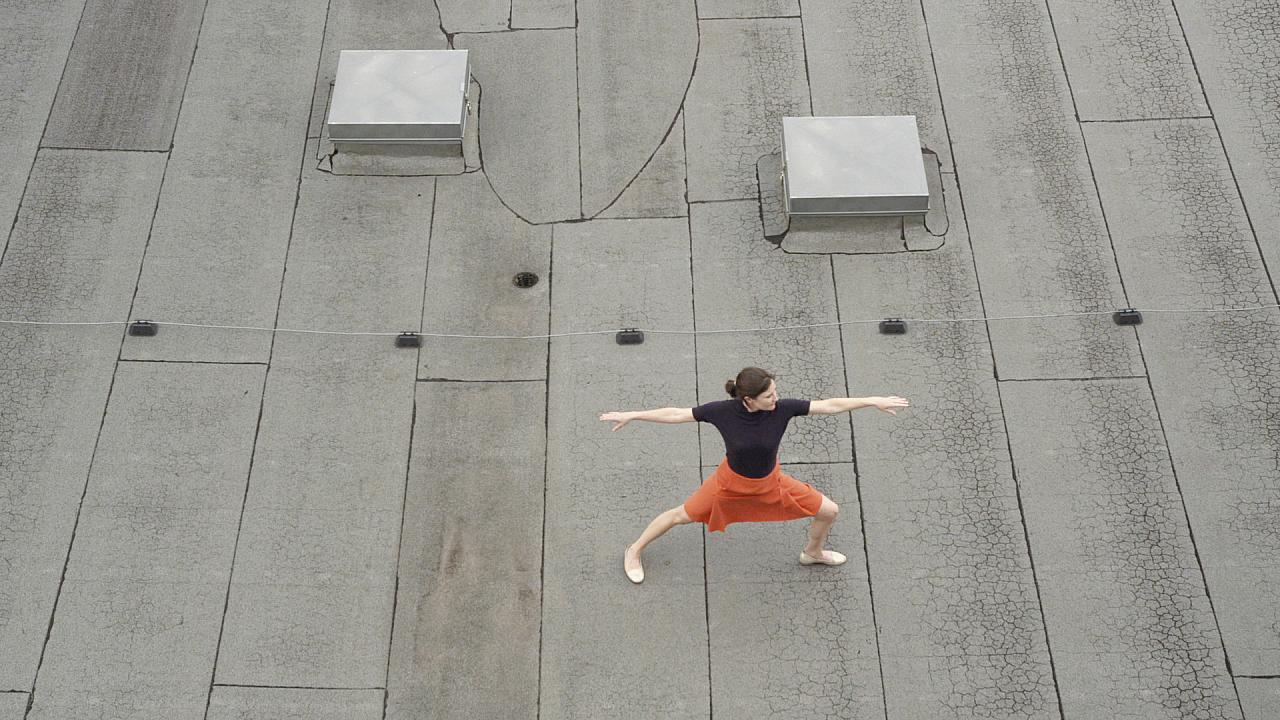
© video still
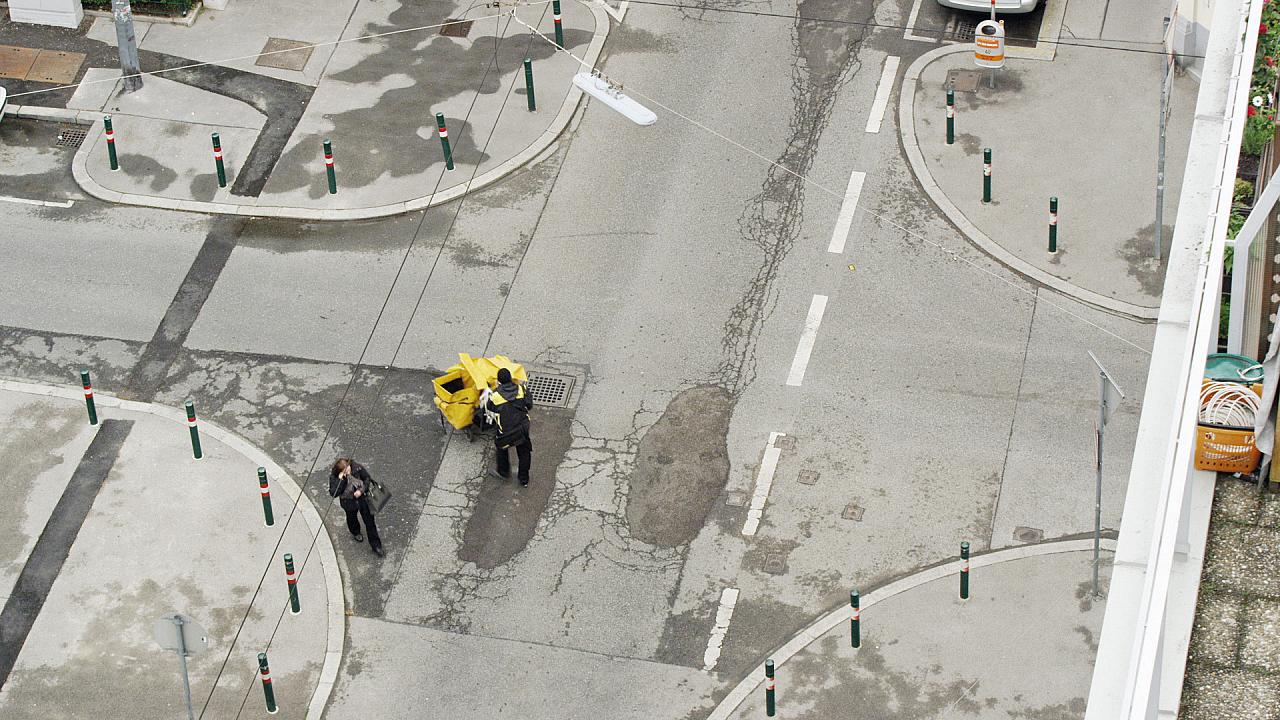
© video still
ACCENTISMS
September 30 2017 – January 28 2018
TAXISPALAIS Kunsthalle Tirol
with Lawrence Abu Hamdan, Nicholas Bussmann & Natascha Sadr Haghighian, Edith Dekyndt, Annja Krautgasser, Ali Meer Azimi, Ute Müller, Ulrich Nausner, Angel Nevarez & Valerie Tevere und Natascha Sadr Haghighian
Curated by Nina Tabassomi
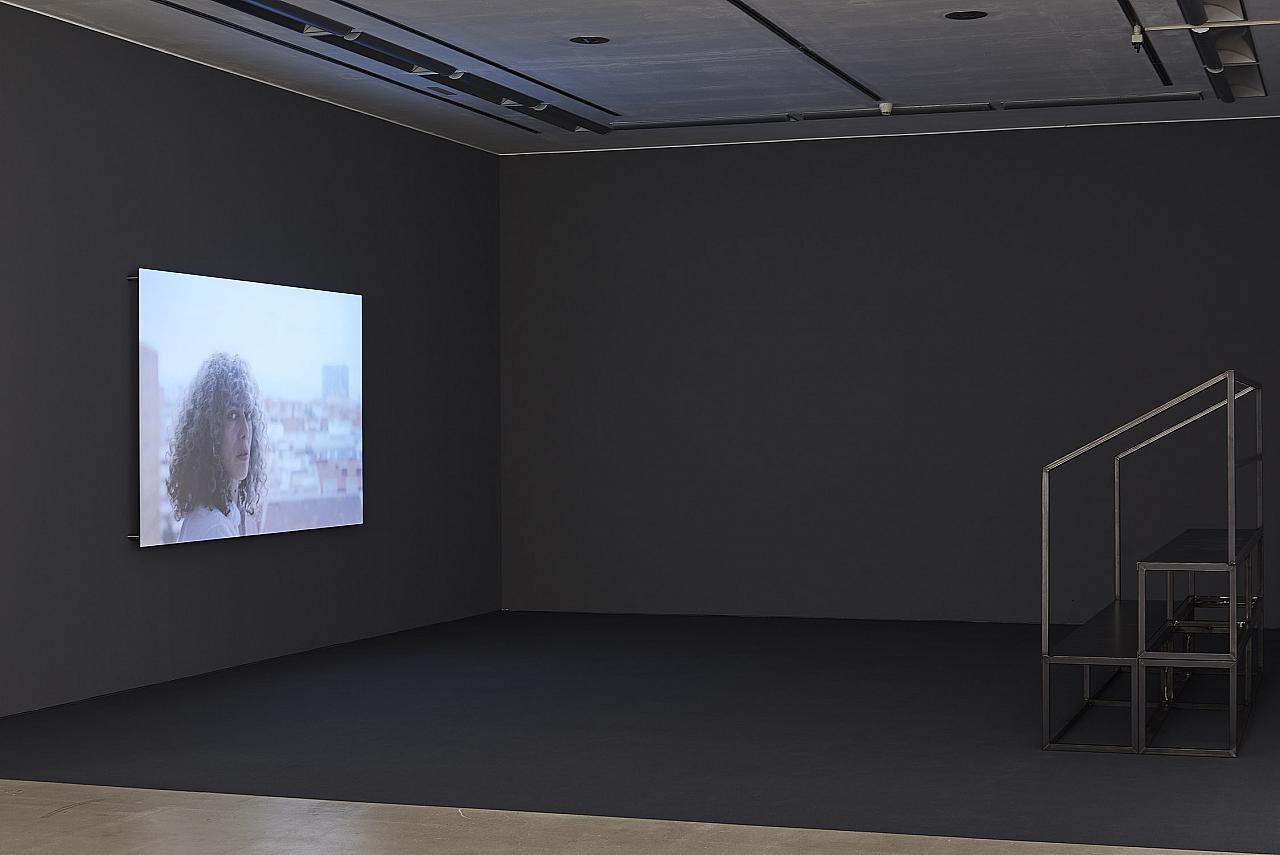
Exhibition view ACCENTISMS, TAXISPALAIS Kunsthalle Tirol, 2017.
Photo: Günter Kresser
The Latin word accentus is derived from adcantus, meaning “what is added to the song” – a poetic surplus to syllables, words and sentences in order to emphasize them. We also speak of accent when these sound shapes, the intonation patterns and rhythms from a previously learned language are integrated into a newly learned one and imbue it with a distinctive tonal coloration.
Accents are events. They are articulated and registered simultaneously, spoken and heard at once. Individual idiosyncrasies of speech are equally process-based. They change as we follow the personal maps of our lives, and are affected by the different places in which we live and the different people with whom we speak.
Thus by virtue of their complexity, individual accents always clash with simplistic concepts of identity. Yet in everyday life, speech idiosyncrasies are often equated automatically with one’s place of birth and class background, and are therefore subject to judgments and discrimination. In contrast, art insists that “what is added to the song” – coloration, shadings and tonalities – be experienced as an engine of beauty and complexity.
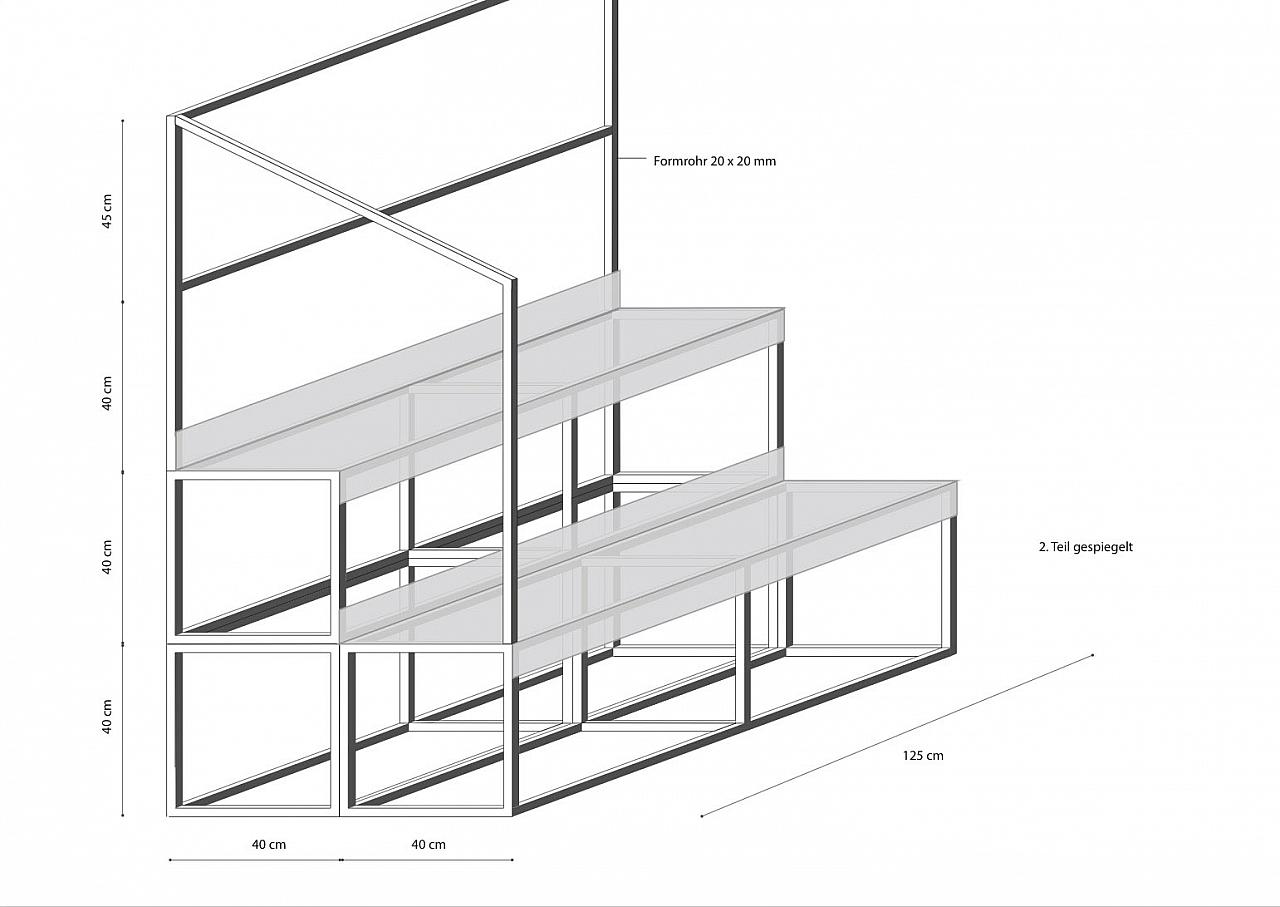
tribune scetch
+
[SYMPOSIUM ACCENTISMS]
Sat, January 27, 10.30 am – 05.00 pm
TAXISPALAIS Kunsthalle Tirol
Dachszenen
by Georgia Holz
We shall never be able to explain or justify the town. The town is there. It’s our space, and we have no other. We were born in towns. We grew up in towns. It’s in towns that we breathe…There’s nothing inhuman in a town, unless it’s our own humanity.1 (Georges Perec)
“She always wanted to be an actress, like her, to create her own role, to write her own story,” comments the narrator as we watch a woman doing yoga exercises – one of many scenes from a rooftop that Annja Krautgasser presents to us in her work. We can’t help but ask: Who is speaking to whom here, who is she supposed to be? The artist, the narrator, the actress? Just as these questions are never answered, it is nearly impossible to assign the work – entirely in the tradition of the film essay – to a specific genre. The lines between documentary, fiction and enactment are blurred. The atmosphere generated by the images and content is one of both ambiguity and, at times, discomfort, a feeling emphasized by the soundtrack. Or as the narrator puts it: “Today she feels afraid, she doesn’t really know why or of what ...”
In the passing hours and seasons a panorama of the city emerges that becomes a backdrop for our own fantasies and associations. We are never told which city this is, the location is never revealed through familiar reference points or landmarks. Instead the city seems to serve as the setting for characteristic episodes that suggest privacy in an urban space. The for the most part wide-angle views from an elevated perspective are sweeping and observational. The scenes on the rooftops, balconies and streets are sometimes brief but always sufficiently distant. The camera focuses on details of short episodes from everyday life, leading us to the brink of voyeurism without ever entirely crossing over that line. We see construction workers, roofers, “sun worshippers”, as well as teenagers balancing perilously close to the edge and throwing rocks over. These are scenes from a cosmos of different social realities “where different things occur one after another and do not exist separately but according to their differences”.2 A myriad of forms present in the urban fabric become apparent, the active practices of bodies in the process of creating and conquering new spaces.
Woven into this urban fabric are brief portraits of women who tell us their names and reveal fragmentary details of their lives. The camera takes us unusually close to their haunting faces, which seem to return our gaze. Juxtaposed with the detached glimpses of the city, this proximity generates an intimacy that encourages us to take up the threads that Annja Krautgasser has placed in our hands and imagine these figures’ personal histories in even greater detail. The female characters make reference to Jean Luc Godard’s film Two or Three Things I Know About Her – a social study of the city of Paris from the perspective of a young married wife and mother who earns money on the side as a prostitute. Of central importance for the artist is the scene in which the main character turns her head to the right and then to the left while the narrator comments: “She turns her head to the left, but that doesn’t mean anything.”
Though the statements are made in the third person, the subjective perspective provides an almost intimate view of the city and the artist’s own personal empirical space and can also be interpreted autobiographically – are these four women in reality her alter egos? With this emphatically subjective approach the film becomes a reflection on identity and non-identity, on the inside and outside perspective. Dachszenen is, however, above all a commentary on the relationship between art and reality. In a simple yet urgent manner Annja Krautgasser reveals how the cinematic form is capable of turning illusion into reality and reality into illusion.
1 Georges Perec, Träumen von Räumen, 1974, p. 106.
2 Henri Lefebvre, The Urban Revolution, 1970, p. 117